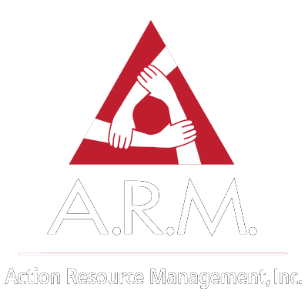Ensuring outdoor worker safety
Outdoor Safety Tips — Outdoor workers face a variety of hazards depending on their tasks, location, season, and duration of exposure. It’s crucial for outdoor workers to recognize these dangers and know how to prevent or manage them effectively.
 Common Hazards for Outdoor Workers
Common Hazards for Outdoor Workers
Extreme Temperatures: Both heat and cold can pose serious risks.
Sun Exposure: Overexposure to the sun can lead to sunburn and heat-related illnesses.
Noise Pollution: Loud noises can damage hearing over time.
Chemical and Fire Hazards: Exposure to harmful chemicals or fire risks.
Slips, Trips, and Falls: Uneven terrain or slippery surfaces can cause falls.
Wildlife and Insects: Bites and stings from animals or insects.
Harmful Plants: Contact with certain plants can cause rashes or illness.
Vector-Borne Diseases: Diseases transmitted by insects like ticks and mosquitoes.
Outdoor Safety Tips
Emergency Preparedness
Carry a small emergency kit with bandages, antiseptic wipes, medications, bug spray, sunscreen, and emergency contact numbers.
Hydration
Stay hydrated by drinking plenty of water before, during, and after work. Avoid alcohol, coffee, and soda as they can dehydrate you.
Sun Protection
Wear a hat, sunglasses, and sunscreen to protect against UV rays. Take breaks in shaded or cool areas and avoid working during peak heat hours.
Bug Protection
Wear long sleeves and pants, tuck pants into socks or boots, and use insect repellent containing DEET or picaridin. Check for ticks after work and remove them promptly.
 Personal Safety
Personal Safety
Carry legal self-defense items if necessary, such as mace or pepper spray. Be aware of your surroundings and avoid unsafe areas.
Appropriate Work Attire
Dress according to the weather and work conditions. Use protective gear like gloves, safety glasses, steel-toed boots, helmets, earplugs, and masks, as needed.
Equipment and Tool Safety – Outdoor Safety Tips
Machine and Tool Use
Only operate the equipment you are trained to use. Follow manufacturer instructions, regularly inspect tools, and report any malfunctions. Always turn off and unplug tools when not in use.
Safe Lifting Practices
Lift objects correctly by bending your knees and keeping the load close to your body. Avoid twisting and seek help for heavy or bulky items.
Traffic Safety
Be cautious when crossing roads or paths. Wear bright or reflective clothing to ensure visibility to drivers.
Handling Flammable Materials
Store flammable substances properly, away from heat sources. Use labeled containers and keep them separate from food and water. Familiarize yourself with safety equipment like fire extinguishers, emergency showers, and spill kits.
Final Thoughts — Outdoor Safety Tips
Outdoor workers face unique challenges, from weather conditions to wildlife. Adhering to safety guidelines and using common sense can help mitigate these risks. Always be prepared and stay vigilant to ensure a safe working environment.
Stay safe out there!
Want to learn more? Click here to read a comprehensive resource on outdoor worker safety from the National Institute for Occupational Safety and Health (NIOSH), part of the CDC.
Learn how A.R.M. can help you or your business succeed!


